The Vireo is a group of birds in the Vireonidae family. Researchers estimate that there are about 48 different species in this family in 6 different taxonomic genuses.
The different types of birds in the family include Vireos, shrike-Vireos, greenlets, and peppershrikes. All of the members of the Vireo family live in North, Central, and South America. Read on to learn about the Vireo.
Description of the Vireo
These small birds vary in plumage and shape, but they are all quite small. All of them measure between four and seven inches long, and weigh less than two ounces. Some of the different feather colors include tan, yellow, blue, green, grey, brown, and more. Most species have short, narrow bills and relatively long legs.
Interesting Facts About the Vireo
There are many different and unique species of these. Learn about them and their interesting traits below.
- Hutton’s Vireo – This species lives over a relatively wide range. Between portions of their range, a desert separates the populations. Because of this, researchers divide this species into at least 12 different subspecies. In fact, some scientists believe that several of the subspecies are now separate species themselves.
- Warbling Vireo – This species gets its name from their singsong vocalizations. Researchers believe that young Warblings learn at least part of the song from their parents. In some instances, these young birds learn part of the song from another species accidentally!
- Bell’s Vireo – John James Audubon discovered this species in 1843, and named it after his companion John Graham Bell. Bell was a taxidermist from New York, and incidentally he taught Theodore Roosevelt how to properly preserve specimens firsthand.
Habitat of the Vireo
These little birds live in a wide variety of different habitats. Their primary habitat is forest or woodland, and they frequently inhabit swamps, mangroves, wetlands, shrubland, and more.
Within forests, most of these birds live in the canopy level at the tops of the trees, though they also forage in the undergrowth. Each species has its own habitat preferences, and many species share ranges and preferred habitats.
Distribution of the Vireo
Different species of Vireos live across different areas of North, Central, and South America. The greatest species diversity, or number of different species, live in Central and South America.
However, the various species live from the edge of the Arctic Circle in Canada down through the United States, Mexico, and Central America. Throughout South America these birds live east of the Andes Mountain range to central Argentina.
Diet of the Vireo
These birds are primarily insectivores, but they also occasionally eat fruits and berries. Insects and other invertebrates are their main prey. Different species have different dietary preferences, and also different feeding habits.
Some species catch their prey right out of the air, while other species pluck insects from leaves, branches, and even off the ground. Some of the different insects and invertebrates that they eat include flies, mosquitoes, ants, beetles, caterpillars, spiders, butterflies, stinkbugs, and more.
Vireo and Human Interaction
Human impact truly varies from species to species. Some species suffer when humans destroy their habitat, while other species thrive in urban areas like parks and gardens.
Feral cats, dogs, and rats, as well as pollution, climate change, and other human-induced threats also impact these birds. Humans impact each species differently, and different subspecies or regions also experience different threats.
Domestication
Humans have not domesticated Vireos in any way.
Does the Vireo Make a Good Pet
No, these birds do not make good pets. Even though they are small birds, they do not thrive in a household setting. These birds are wild animals, and do not like interacting with humans. In most places it is also illegal to own one as a pet.
Vireo Care
Care specifications vary from species to species. You can find some species of Vireos in zoos, while others are more rare. The best enclosures for these birds are usually aviary-style structures.
Aviaries with a variety of other birds, and lots of trees and shrubbery, provide plenty of places for these little birds to explore and hide. Most of these birds are insectivores, and thus zookeepers would feed them mealworms, crickets, grubs, and pelleted insectivore feed.
Behavior of the Vireo
Like most songbirds, Vireos are diurnal and active during the day. Their social behavior varies drastically from species to species. Many live in territories, but the social structure within these territories varies.
Some species keep territories year-round, and live in small flocks or in mated pairs. Other species hold territories seasonally, either during the winter or while breeding. Males sing to announce the boundaries of their territory to other males.
Reproduction of the Vireo
With such a wide variety of species, it is no wonder that these birds vary in their reproductive strategy. In fact, researchers aren’t even sure about the specifics of many different species’ breeding habits.
Many different Vireos build nests that hang from branches. On average, these birds lay between three and five eggs per clutch, and the females typically incubate the eggs. The incubation period lasts about two or three weeks, and the young begin learning to fly when they are about two or three weeks old.



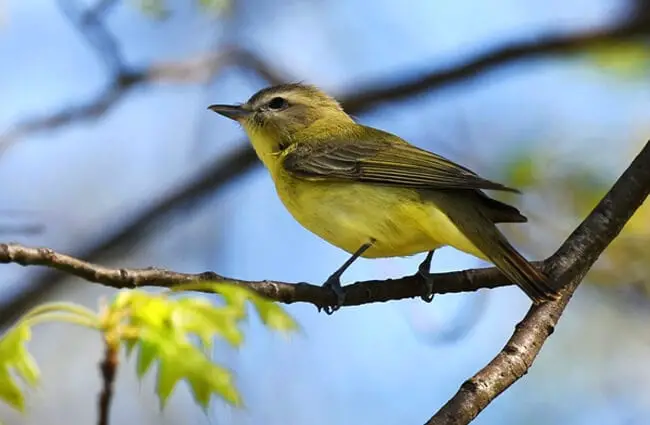

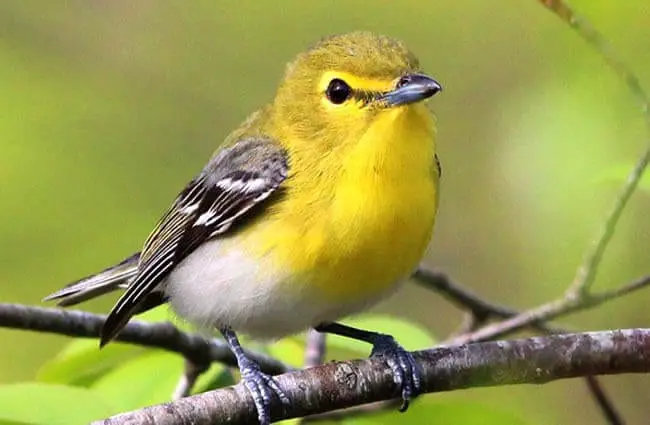

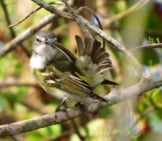
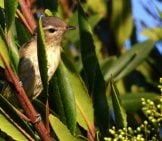
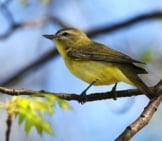

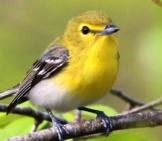
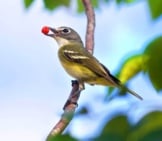
![Red Angus Closeup of a beautiful Red Angus cowPhoto by: U.S. Department of Agriculture [pubic domain]https://creativecommons.org/licenses/by/2.0/](https://animals.net/wp-content/uploads/2020/03/Red-Angus-4-238x178.jpg)












![Red Angus Closeup of a beautiful Red Angus cowPhoto by: U.S. Department of Agriculture [pubic domain]https://creativecommons.org/licenses/by/2.0/](https://animals.net/wp-content/uploads/2020/03/Red-Angus-4-100x75.jpg)

